- Ignorance spells danger
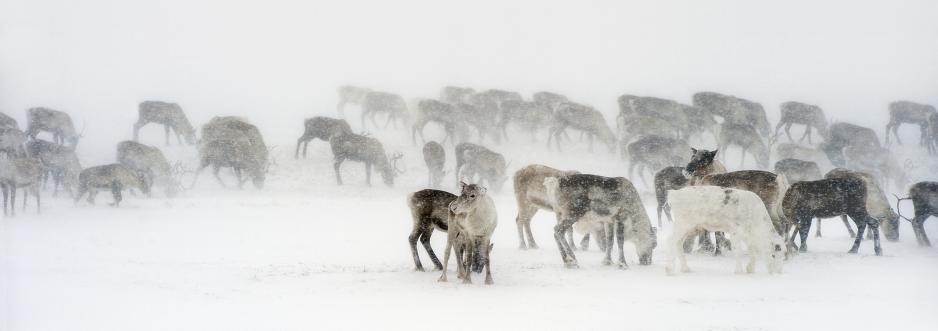
- I want to show people here that there is a culture worth preserving – a culture that exists right outside our own doorstep, and we know next to nothing about it.
Photographer Arvid Larsen has followed the Pavall family in the mountains and through the forest for more than 20 years. They are reindeer herders and allowed him to follow on one condition: He had to take care of himself, and no one would wait for him if he could not keep their pace. The mountains are not for sissies.
- It all started with my wanting to make a photo book about Kjerringøy, a peninsula just north of Bodø, Norway. I thought that was a splendid idea; after all, I come from Kjerringøy! So I figured the first thing I had to do, was to get to the top of Strandåtinden, a well-known peak on Kjerringøy that is ranked Norway’s third-most difficult peak to climb.
I made it to the top, and some time later, I ran into some reindeer herders with their reindeer. I thought to myself that that was also something worth figuring out. So I walked over to them and ran into Annfinn Pavall.
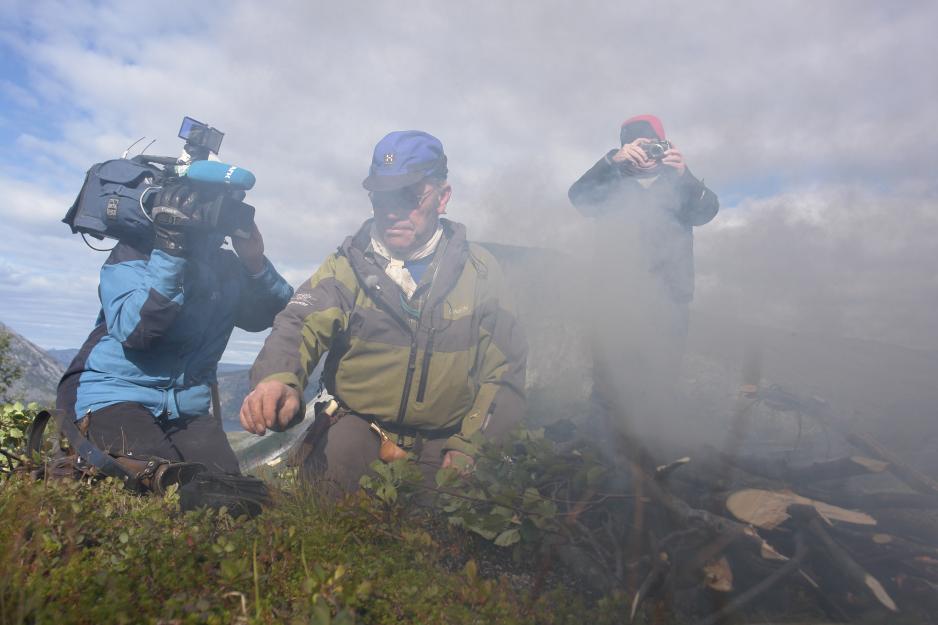
I was so new to it all at the time that I said it straight out loud; I want to learn about reindeer herding, can I hang with you guys for a couple of days? Annfinn came up to me, really close, and took a look. Turning around, he said: “Yes, I think you should. You can come tomorrow morning, around six a.m.” Then he turned his back on me and walked away.
Moments like this are etched into my brain. Strong moments, strong meetings, says Larsen. Prior to his first mountain trek with the Pavall reindeer herders had had so much pain in his back that his chiropractor had ordered him to wear a tight-fitted corset at all times if he absolutely had to go. And he had to.
Using a backpack that was far too large, and so tightly wrapped up in the corset that he literally fainted during his first attempt at following Annfinn Pavall in the mountain.
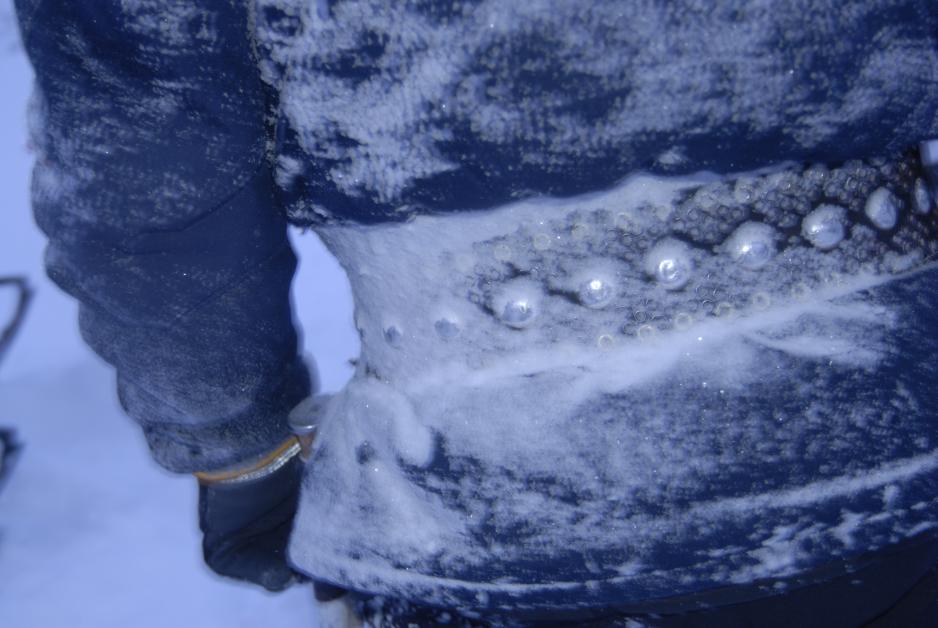
- When I woke, he was gone. It did not really make sense to me, but when I caught up with him after some time, he stood there laughing. “Oh, so there’s our tourist!” He could not care less about what had happened or what I was doing.
However, after some time Annfinn realized that the photographer was a bit more zealous than most other tourists were. Annfinn has always been happy to impart his culture. A friendship started growing between the two, and bit by bit, they started touring together with a slide show.
The photographer’s images, taken with a remarkably impractical Hasselblad camera way up in the wild of the mountains, and the Sami Annfinn Pavall’s stories became a project. In Larsen’s words:
- The conflicts that we see are largely based on ignorance, lack of knowledge, lack of information and through that lack of understanding.
Around year 2000, Arvid Larsen also started recording film in the mountains. The trips with the reindeer herders continued, and after some time the idea of making a film ripened.
The first film about the Sami in the border areas between Norway and Sweden was called “The Land Beyond” and ran on the Norwegian broadcaster NRK in 2011. Now, the big picture is ready for display; “Borderlands”.
- Yes, it is actually the result of work conducted over a period of 20 years, and I feel both relieved, happy and proud, Arvid Larsen says when High North News speaks with him two days prior to the premiere. The film will first show at the movies in Fauske, a town east of Bodø, Norway, on April 4.
The film documents the many journeys Arvid Larsen has made with the reindeer herders in the areas stretching from Kjerringøy on the coast north of Bodø, towards Vestfjorden, eastwards past Valnesfjord and Fauske, and all the way to the Swedish border.

- I have learned a tremendous amount from these people, Larsen says, and adds: - It is all good and well that the king has apologized to the Sami people for what they have had to endure, and that Prime Minister Erna Solberg has done the same. However, the general attitude appears to be that the Sami are someone we are supposed to have on display in Oslo’s Town Hall on Constitution Day or in the TV studios on the International Sami Day, while we can conveniently ignore what matters to their way of life. That just does not make sense.
There is a genuine danger of collapse, says Arvid Larsen. – It is due to too many predators. Remember, if there are no reindeer, the predators will vanish from the area. In effect, the Sami are feeding the predators, though there are too many of the latter.
Within the space of just a few weeks last winter, nearly a quarter of the flock was lost to king eagles and lynx in Rago national park. Two families of lynx were training their own young ones to hunt. The reindeer herders applied for license to take out the lynx, but it was not granted. A quarter of their flock – that is disastrous. We are talking about 250 reindeer going missing.
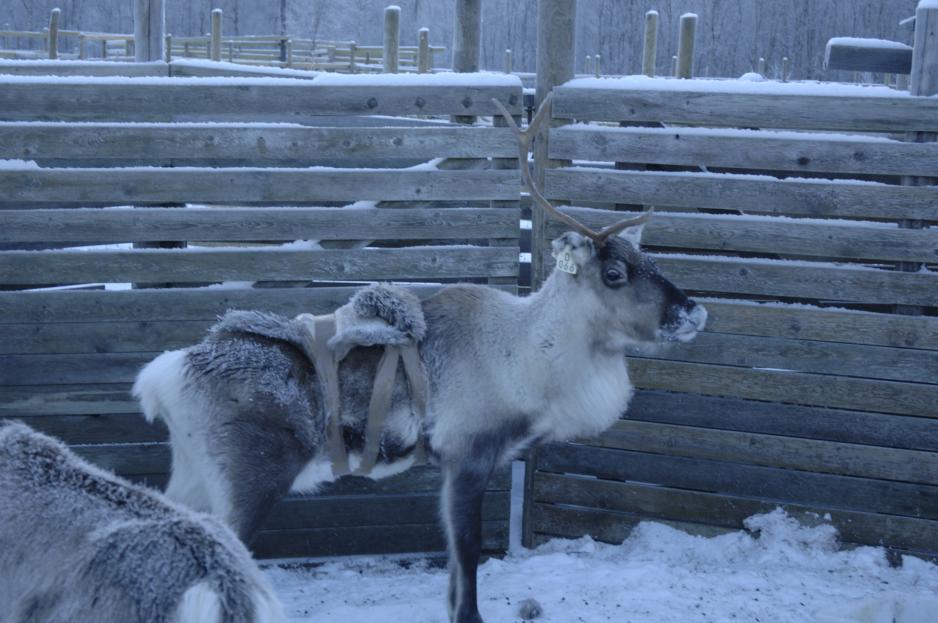
The photographer says that the compensation regime in Norway is completely different to that of Sweden.
- In Norway, each dead animal must be produced and analyzed, autopsied and interpreted. In Sweden, they use converting tables based on the number of reindeer and the number of predators in the area. An estimated loss is calculated and then compensation is rewarded accordingly.
One thing is the money. Nevertheless, as Mats Pavall says, who took over when Annfinn retired:
- What help is there in money? We cannot buy livestock – no one have livestock to sell.
Arvid Larsen has lived with the Sami in the cross-border area for so long that he gets very engaged when there is talk of predator management regimes:
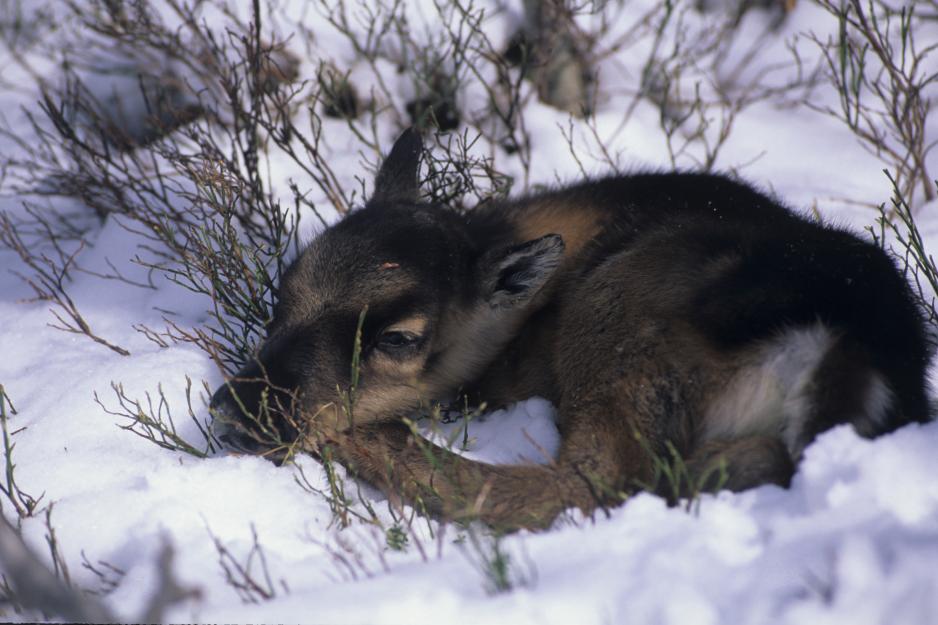
- The predator load is simply too heavy. In Nordland County, there are about 15,000 reindeer – but the amount of predators is equal to that of Finnmark County, where there are 150,000 reindeer. Ten times as heavy predator load in an area that due to its topography is a lot harder to monitor than the reindeer herding areas in Finnmark.
There are no Sami who will argue that the predators should be completely exterminated, that is not what it is about. It is not the wolverine as species that takes reindeer; it is individual wolverines that roam and turn into killing machines. These are the individual animals that the reindeer herders want to take out.
Having quotas and counting the number of wolverines does not help, in this respect. You risk taking out a wolverine that is not causing harm, that does not kill reindeer. It is only some individual animals that kill – that has also been observed when it comes to eagles, Arvid Larsen argues.
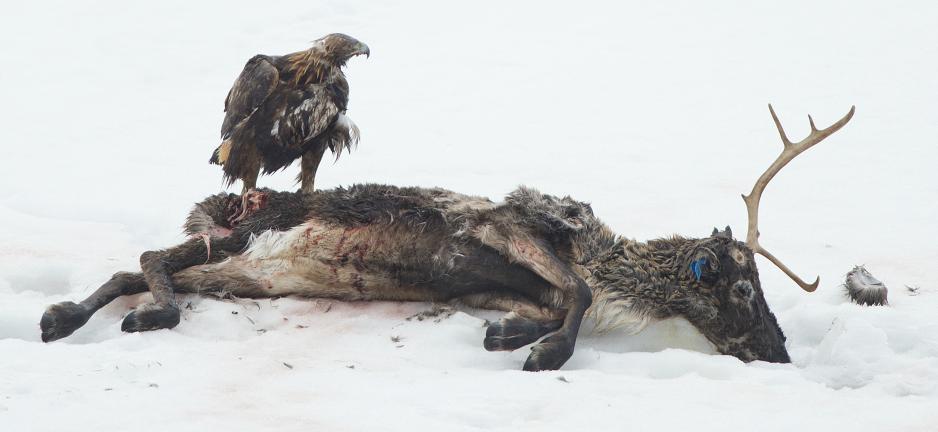
According to Larsen, there are observations of eagles in the Siso area that have specialized in attacking the reindeer from the back, coming in from the left-hand side and using their claws to punctuate the reindeer’s lungs. It has only ever been observed there.
- There is also documentation of eagles taking year-old reindeer in-flight, putting their claws right through the reindeer’s scull bone.
Moreover, the lynx. A fabulous animal, but it kills a reindeer, eats a bit, and then goes for a stroll. When it returns, thousands of crows have been there, eating off the cadaver and rummaging through the carcass. The lynx then prefers to eat fresh meat – and therefore kills another reindeer.
- I once joined a lynx hunt and lay there watching the lynx for about an hour before she was taken out. An amazing and beautiful animal; it was almost sad that she had to be shot. However, at the time she had already killed more than 30 reindeer in the Sjunkfjorden area, so it was unavoidable, Larsen says.
- The film is called Borderlands also because the humans in it are on the border of what is humanly possible, for what it is possible to counter at all. As it is now, it is like slowly choking. There is even a hearing going on about whether or not to open up for bears in Rago National Park, which lies on the border to Sweden. If that happens, it will be game over – the end.

And remember, if you take out the reindeer, the predators will not have anything to eat anymore. There is no hare left, and hardly any grouse, so all that is left will be the lemming peak years from time to time. That is simply not enough.
The reindeer herders who operate there are sort of catering for the predators, so that should at least be accepted, rather than being presented as a problem. If it really is true, the one should rather be honest and say that we have no room for reindeer herding, that it is an outdated way of life. But bring the arguments out in the open. That would be the fair way to play.
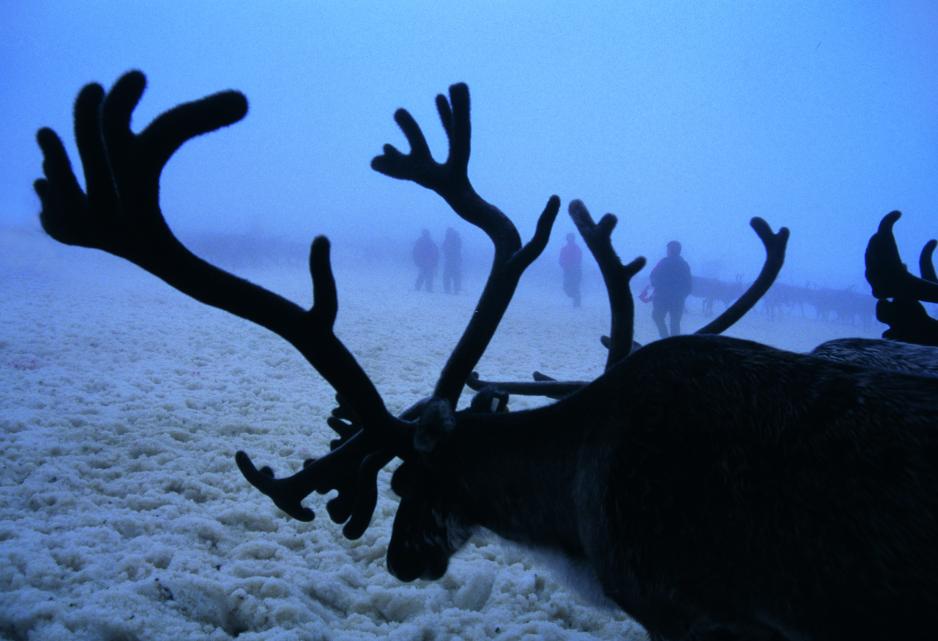
- But then, he says, - the predators will disappear too. In a reindeer-herding district on the Swedish side, just north of the one in question here, they gave up in the end. They sold their animals and gave up, and what happened, was that there was a literal explosion of predators in the adjacent areas, those bordering on the reindeer-herding district.
Some wildlife enthusiasts talk about introducing bears to Rago again. Why do city dwellers need bears in Rago? What is it all about? The bear is not an endangered species, and if it were to be introduced to Rago National Park and the reindeer herding areas there, then that will be game over for the herders, Arvid Larsen argues.
- We need to understand that it is the number of predators that poses a threat to the very existence of the Sami culture here. The number of eagles, lynx, foxes – that is what threatened the Lule-Sami indigenous culture today.
There is a need to spread knowledge about this, and I feel that that is my ‘thing’, my contribution. And Annfinn is in on it. Modesty aside, I believe that I am the only one who could have made the Borderlands film.
- Because it is about trust, about the Sami feeling comfortable around you?
- Yes, definitely. That is what we talk about. That, and plenty of time. I have never been busy in this project; after all, it took 15 years from I started shooting until the first film came. Having it ready at a given point of time was not important.

In that respect, the recent film is nearly historic in and of itself, in addition to covering history. For instance when the Norwegian authorities decided in 1972 that they did not want Swedish reindeer to stroll across the border anymore.
- They created a committee, or course, and it was even lead by a Dane. In 1972, they decided to erect a fence of more than 160 kilometers (100 miles) along the border in the mountains, in order to prevent Swedish reindeer from entering Norway.
However, the problem is that the mountains hold quite a lot of water, and in the winter, it is freezing. So every winter, the Swedish reindeer would go where they have always gone – across the ice. Alternatively, they would walk across the snowed-down fences; that was no problem at all.
However, when they were heading back home again, in spring and summer time, the ice had thawed and the snow had melted, thus the Swedish reindeer herders had a challenging time getting their animals back home.
After about a decade, they realized that this was not such a great idea after all, so they stopped repairing the fences and wanted to take them down again. There is a section in the Borderlands film about this, with reindeer that have been stuck in these fences. They created a lot of suffering for reindeer that got stuck, male reindeer in a rut getting their antlers tangled up etcetera. It was a bad idea, based on a total lack of knowledge, Arvid Larsen says.

- Not one of the reindeer herders had been consulted or asked what should be done. Things like this causes anger and lack of respect, of course. However, it is worth mentioning that mechanisms are better today.
The Norwegian and Swedish Sami are solution-oriented. They do not have internal conflicts between them, what is apparently different from what the situation often is elsewhere.
The have a joint pasture understanding, they respect each other’s areas and should a Norwegian reindeer mistakenly cross the border and get mixed up with Swedish reindeer, they will contact you and ask what to do about it; send it back, should we buy it or should we slaughter it? Thus, an agreement is reached.
- What have been the biggest challenges for you while working on this?
- Perhaps the hardest part has been that is impossible, not to say useless, to try and make agreements about time. If there is an agreement to meet on Thursday, you cannot be bothered waiting longer than three days. So I left a back of Danish pastry and went home again.
When we met a month later, he just said, “Thanks for the Danish!” And when I asked when they had come to the agreed meeting point, he said it had probably taken another week. If I were to get annoyed over that, then I would just have to quit. That is how it is – nature rules the ground.
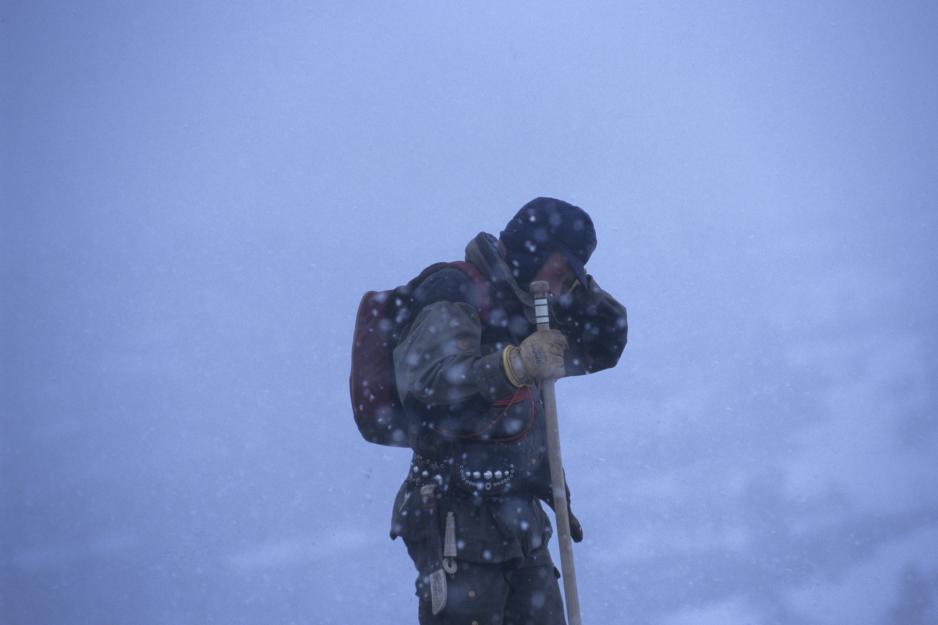
However, I noticed that I was annoyed following the tragedy in Rago, when they lost so many animals. I was annoyed that I only found out later. They forgot about it, it did not occur to them that I should have been there shooting footage.
I know, and understand, that they were all so much in despair, almost like in a trance, that they just worked, slept a little and then went back to work. At the same time, I cannot help but think that documentation is important, towards both the public as well as the politicians, to show them how it is, to prove what reality is like there.
That is what I want to tell – that is my contribution.
All pictures in this article, save for the picture of Larsen himself, have been borrowed from the photographer Arvid Larsen and used with his permission.

